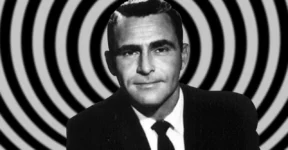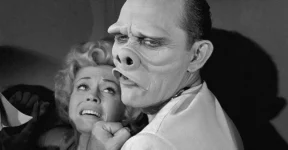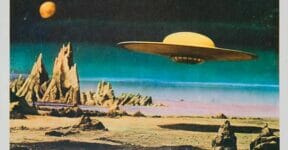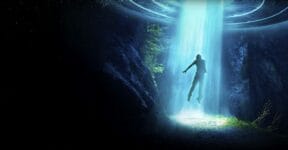Gone are the days when people associated sci-fi TV with cheesy stories involving death ray pistols, green aliens, robots with too many blinking lights, flying saucers, and mad scientists from the Soviet Union. Well, they’re not completely gone, but it’s a good thing we have other tropes today. Even back in the 1950s, those clichés had already been overused that anything new would be considered a suitable alternative. Thankfully, it was Rod Serling who came to the scene and brought to the world The Twilight Zone in 1959. Here’s how The Twilight Zone Influenced Many Modern Sci-Fi Mediums.
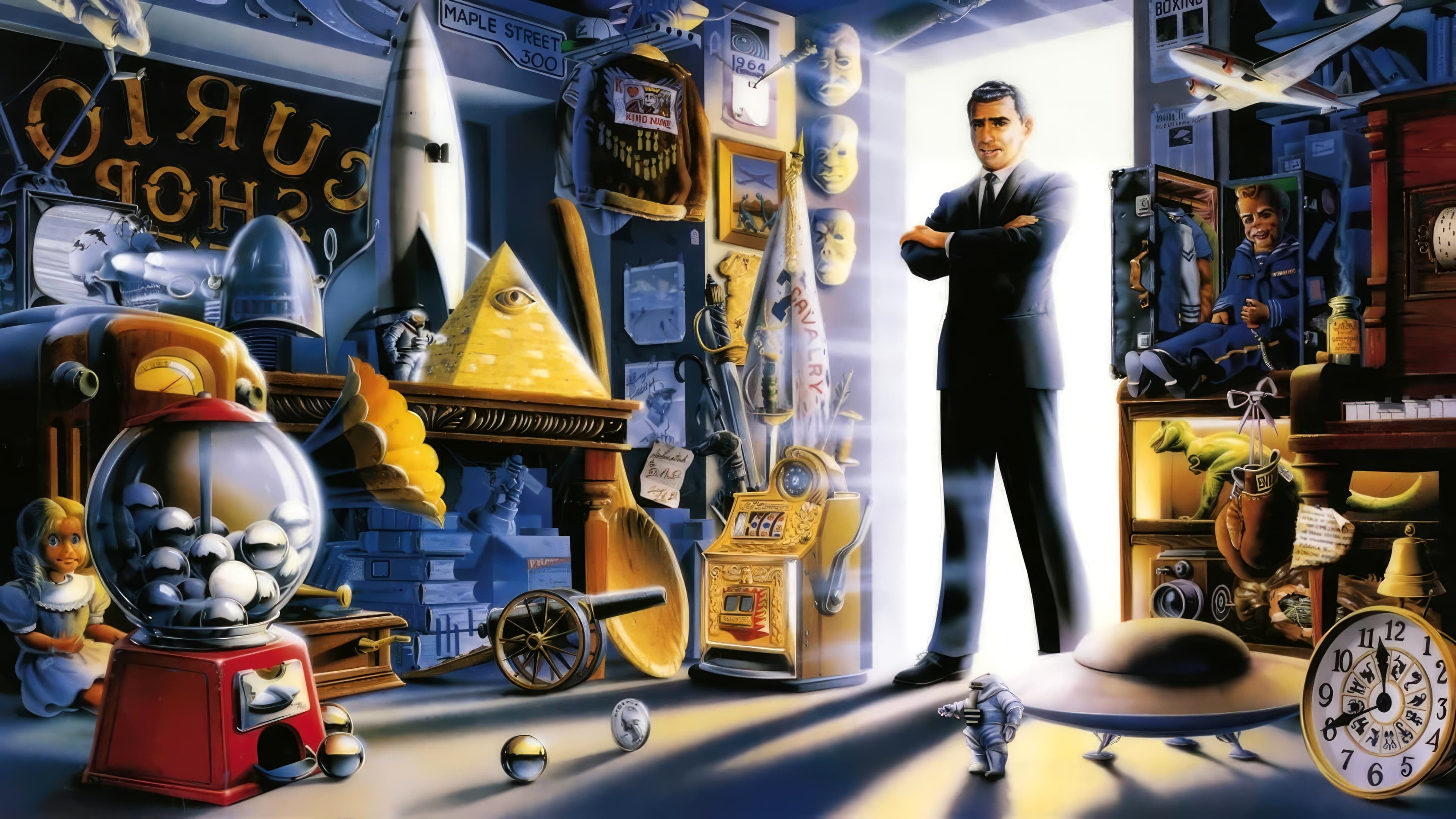
CBS aired The Twilight Zone when sci-fi was a domain previously dominated first by Buck Rogers (1950 – 1951) and second by Flash Gordon (1954 – 1955). After those two, TV was pretty much suburban family sitcoms, westerns, and quiz shows. Of all the influential things, The Twilight Zone proved that the home entertainment consumers were ready to embrace the more intelligent discussions through challenging topics, through-provoking social commentaries, and complex themes. It showed that even sci-fi TV could be as meaningful as novels written by Isaac Asimov, Ray Bradbury, and Arthur C. Clarke.
You could say Rod Serling almost single-handedly revolutionized how sci-fi should be packaged for the TV format. He touched on curious subjects like liberal values and moral questions, which directly urged the audience to be cautious of unchecked powers and develop empathy for the marginalized society. All of those were smartly disseminated through period-relevant science fiction and curiosity-inducing horror fantasy. It was a show clearly aimed at an adult audience, presumably well-read (or at least inclined to be), and willing to take sci-fi much more seriously than they had done before with Buck Rogers and Flash Gordon.
It was for that reason that such episodes as The Monster Are Due on Maple Street made way to classroom discussions in American middle schools. Messages about the danger of jumping to conclusions and baseless accusations, when deliberation and tolerance could really serve the society better, were vital back then at the height of the Cold War, and just as relevant today.
Hardened fans of the genre are aware of the fact that The Twilight Zone casts a long shadow on modern sci-fi, although sometimes the references seem unclear unless you make time to revisit the episodes. Here are just a few examples of how some prominent episodes morphed into or have been modernized into other popular forms:
- In The Time Element, which was originally intended to be the pilot episode of The Twilight Zone but ended up being used on another series on CBS, a man was constantly having nightmares about the attack on Pearl Harbor. He sought help from a psychiatrist, who actually was the actual patient in the story. Combine that with the storyline from the actual pilot episode titled Where is Everybody?, where a man in a flight suit was trapped in a simulation, then you would build the foundation for the 2011 sci-fi film Source Code.
- Let’s now look at An Occurrence At Owl Creek Bridge. A man was about to be sentenced to death by hanging, but he escaped when the rope broke, and he fell into the river below. He ran away from the search party and finally arrived home to see his wife and children. Just moments before the man and his wife were about to fall into each other’s arms, his neck suddenly stiffened. It turned out the escape and family reunion were mere illusions condensed into seconds before his death. The rope never broke; his neck did. If you merge that idea with The Time Element, the 2010 film Inception comes to mind. Some say that M. Night Shyamalan’s The Sixth Sense felt like a stretched episode of An Occurrence At Owl Creek Bridge as well.
- In Special Service, a man accidentally discovered that his life had been broadcast on TV 24/7 for the last five years. If that sounds familiar, you’ve probably watched The Truman Show (1998).
- The 2012 film Ruby Sparks by Valerie Faris and Jonathan Dayton told the story of a novelist who wrote his dream girl into reality. Please revisit The Twilight Zone’s A World of His Own at your convenience to see the similarities between the two.
Notable mentions include:
- Midnight in Paris (2011), which corresponds to The Twilight Zone’s S1E30, A Stop at Willoughby;
- Poltergeist (1982) to S3E26 Little Girl Lost
- Final Destination (2000) to S2E17 Twenty Two
- Child’s Play (1988) to S5E6 Living Doll.
Popular series like Futurama and The Simpsons are no strangers to The Twilight Zone references, too.
We think the biggest impact of The Twilight Zone was that it abruptly raised the bar for modern sci-fi shows. The original series mesmerized the audience with all the plot twists and turns, curious mysteries that emerged from ordinary situations, the complex question of consumerism, the hardly spoken dangers of technology, and many more. The Twilight Zone laid the foundation of what sci-fi and TV were capable of, and we could never indeed go back to the old clichés since.
Can you name other films or TV shows that took direct inspirations from episodes of The Twilight Zone? Which remake of the show you like best? We’d love to hear from you.
Other Things You Might Want to Know
Did Rod Serling have any direct involvement in any of the remake series?
Rod Serling died in 1975, or about 10 years before the first remake existed. No, he didn’t have any direct involvement with any of the remakes or related series.
Is there a film adaptation of The Twilight Zone?
There has been only one, Twilight Zone: The Movie, produced by Stephen Spielberg and John Landis. The 1983 film comprises four segments, each is a remake or a reworking of an episode from the original series:
- The first segment, Time Out, is based on S2 E13 “Back There”
- The second segment is a remake of S3 E21 “Kick the Can”
- The third segment is a remake of S3 E8 “It’s a Good Life”
- The fourth segment is a remake of S5 E3 “Nightmare at 20,000 Feet”
What was Rod Serling’s first sci-fi work?
That would be “The Time Element,” a teleplay that premiered on November 24, 1958, on CBS. The story revolved around a man who suffered from vivid nightmares about the attack on Pearl Harbor and sought help from a psychiatrist. It was later revealed that this “patient” had died during the attack, and it was actually the psychiatrist who had been having nightmares. Rod Serling intended it to be the pilot episode for The Twilight Episode, but CBS used it for another sci-fi show called Westinghouse Desilu Playhouse.
Check out other articles by month:



